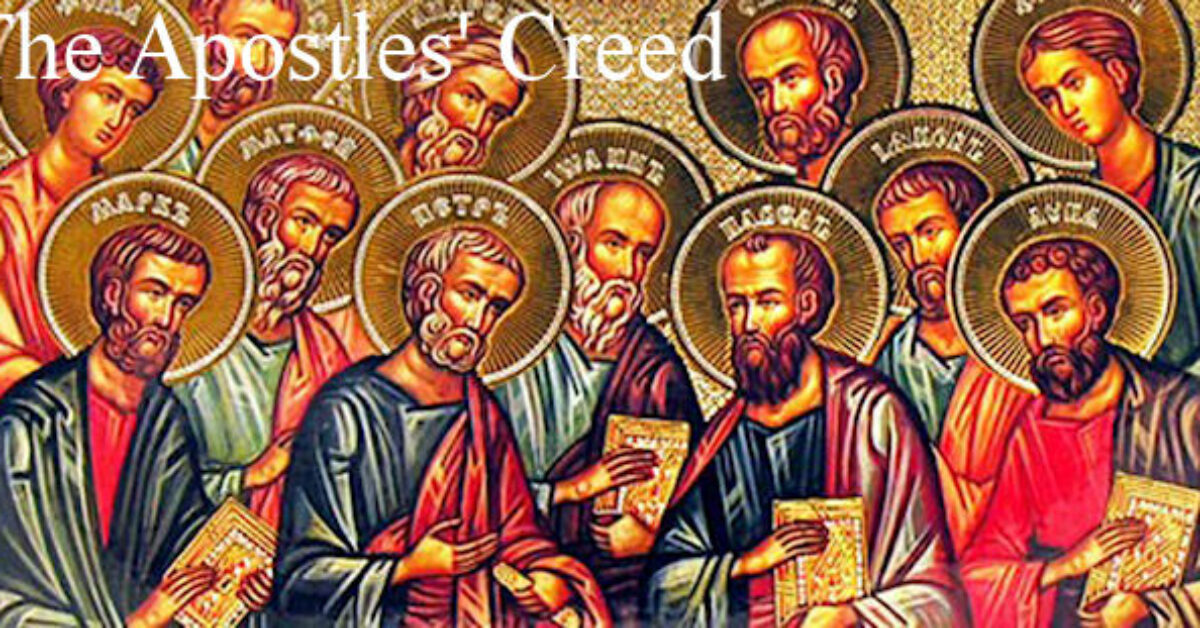A Ritual Journey: The Presentation of the Creed
In the RCIA, interspersed between the Scrutinies on the 3rd through 5th Sundays in Lent are two presentations: The Presentation of the Creed and the Presentation of the Lord’s Prayer. Normally, the presentation of the Creed happens on a weekday between the 3rd and 4th Sundays and the presentation of the Lord’s Prayer between the 4th and 5th Sundays in Lent. As Guide for Celebrating Christian Initiation with Adults indicates these presentations
Sum up and ritualize the entire action of what has taken place during the formation of those intending to receive the initiation sacraments: their coming to know and accept the Church’s teachings and their deepening faith in the one God through a relationship with Jesus Christ. These rites also prepare the elect to take their place among the faithful at worship, particularly in the celebration of the Eucharist, when they will profess the faith of the Church in the Creed and call upon God as Father, as Jesus taught his followers to do. These two actions are the privilege of the baptized (p. 64).
These rites make the most sense in the midst of a regular dismissal of the catechumens to study the Word during the celebration of the Lord’s Supper. They would not be confessing the Creed or praying the Lord’s Prayer as part of the liturgical assembly. While this would presumably not be their first introduction to the Creed and the Lord’s Prayer, it would be their first opportunity to truly make them their own. Apart from a regular dismissal pattern, the presentations of the Creed and Lord’s Prayer might best come earlier in the catechumenal process.
In the presentation of the Creed the assembly is handing on the faith to those who will soon be initiated into baptismal life. A simple rite ritualizes this presentation by the assembly and the reception of the Creed by the elect. The central elements of the rite are the homily and the profession of the Creed by the assembly. The outlines of the rite during the Offertory in the RCIA and in Welcome to Christ are:
RCIA
Readings
Homily
Presentation of the Creed
Prayer over the Elect
Dismissal of the Elect
Welcome to Christ
Readings
Homily
Affirmation of Faith
Presentation of the Creed
Testimony of Faith
Blessing of the Candidates
Unlike the RCIA, Welcome to Christ includes the Presentation of the Creed on the 3rd Sunday in Lent. However, in the midst of a regular dismissal practice it could be celebrated at a midweek service between the 3rd and 4th Sundays. If enacted midweek, the whole assembly should be made aware and invited to the service. The assembly plays a critical role in presenting the faith to the elect.
Another element unique to Welcome to Christ is the provision for a testimony of faith on the part of the elect. They may be invited to offer a testimony to their conversion and growth in faith. If such a possibility were offered, consideration should be given to a template from which they can write their testimony of faith. In addition, the presentation is preceded by an affirmation of faith, linked to the Gospel reading for that Sunday in the church year, addressed to the elect by the presider.
The homily is a central part of the rite. As Guide for Celebrating Christian Initiation with Adults, contends the homily should “recount the growth in faith of the catechumens, now elect, and look forward to their approaching Baptism, at which they will profess this faith as the grounding aspect of their lives” (p. 69).
For the rite itself the elect should face the assembly as they present the Creed deliberately. There should be consistency between the Creed used throughout Easter and the Creed that the elect will confess at their baptism. Since this is normally the Apostles’ Creed then consideration should be given to confessing it in the divine service throughout the Easter season. While the focus is on the oral presentation and aural reception of the Creed, the congregation could consider presenting the elect with a written copy of the Creed and a copy of Luther’s Small Catechism (if that had not been done previously).
Through the presentation of the Creed the church invites those “whom God has chosen for baptism to join all the people of God in confessing the faith of the church” (Welcome to Christ, p. 23).
